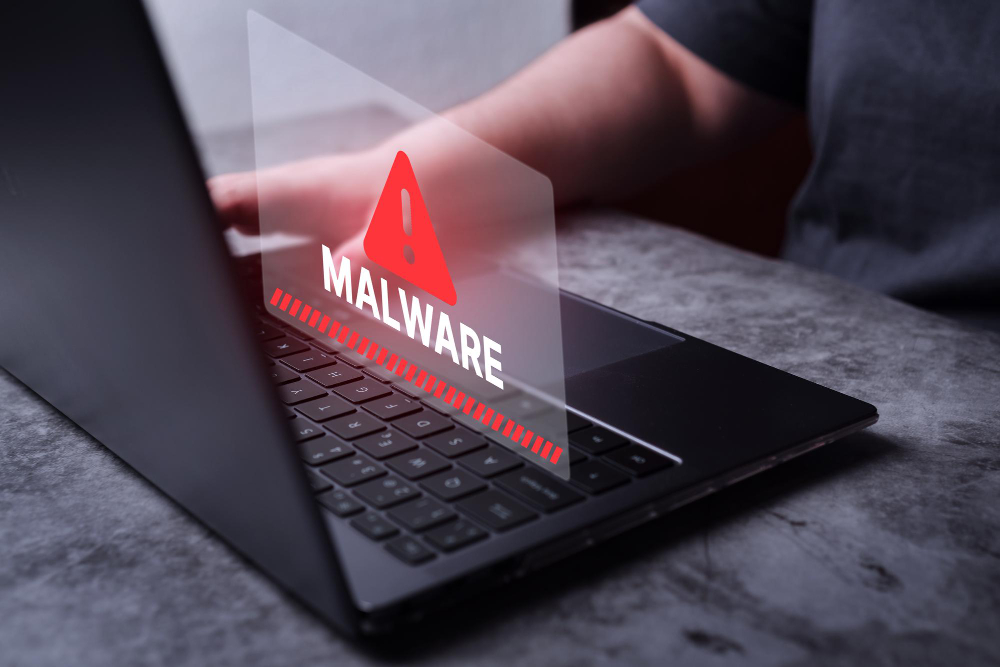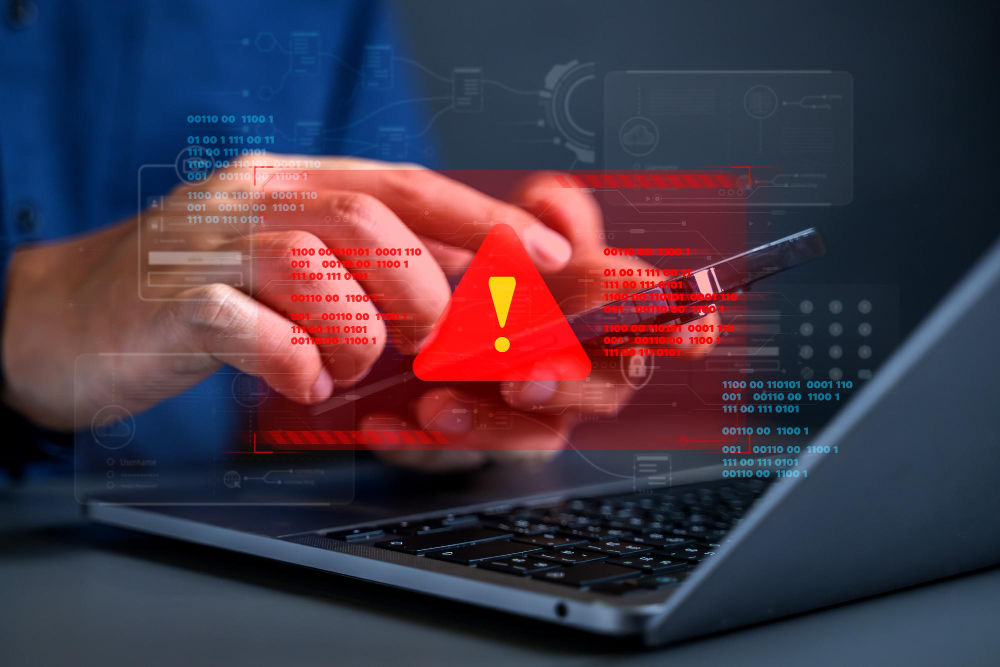Vilsa Stealer is a highly sophisticated piece of malware designed to silently extract sensitive data from systems, making it a critical threat to businesses and their data security. This malware specifically targets browser credentials, cryptocurrency wallets, Discord accounts, and more. What makes Vilsa Stealer particularly dangerous is its ability to remain hidden, bypass security defenses, and continuously operate without detection. It also employs several technical techniques to avoid being analyzed by security experts.
For CEOs and stakeholders, it’s important to understand the key functionalities of Vilsa Stealer, how it infiltrates systems, and what steps your company needs to take to protect against it.
How Vilsa Stealer Works
Vilsa Stealer operates by employing advanced technical mechanisms that allow it to silently collect data and maintain its presence on infected systems. Here’s a simplified breakdown of how it works:
- Data Theft:
- Vilsa Stealer is built to extract various types of sensitive data, including:
- Browser passwords and history.
- Cryptocurrency wallet information.
- Discord, Steam, and Telegram credentials.
- Other personal and financial details.
- Vilsa Stealer is built to extract various types of sensitive data, including:
- By infiltrating systems, the malware collects this data and uploads it to a remote server controlled by the attacker.
- Security Bypass and Process Termination:
- Process Termination: Vilsa Stealer continuously monitors the system for any tools that could be used by cybersecurity professionals to detect or stop it, such as “Process Hacker” or “Wireshark.” If any of these tools are detected, the malware automatically shuts down these processes, preventing the system from identifying or removing it.
- Avoiding Virtual Machines: Many security experts use virtual machines (VMs) to analyze malware in a safe environment. Vilsa Stealer can detect if it’s running in a VM by checking for specific registry entries or files associated with virtual environments. If it detects a VM, the malware will shut down, making it harder for security teams to analyze its behavior.
- Persistence:
- The malware copies itself into the Startup folder on infected Windows systems. This means that every time the computer is turned on or restarted, Vilsa Stealer automatically runs in the background, ensuring its continued operation without needing any user interaction.
- It also places a file called Gruppe.py in the App Data folder, where it can remain hidden and continuously execute malicious tasks.
- Cloud Upload via GoFile API:
- The malware uses a service called GoFile API to upload stolen data to a remote server. By using a secure, cloud-based service, Vilsa Stealer can safely transfer the stolen data back to the attacker without being easily detected.
Why is Vilsa Stealer a Critical Threat?
For businesses, especially those handling large volumes of sensitive data (such as customer records, financial data, or intellectual property), Vilsa Stealer poses significant risks:
- Data Breaches: The malware can extract critical information that could lead to massive data breaches, resulting in legal liabilities, loss of customer trust, and reputational damage.
- Financial Losses: The ability to steal cryptocurrency wallet data and financial details can lead to direct financial theft for businesses and their clients.
- Operational Disruption: By embedding itself into the system and ensuring it runs at every startup, Vilsa Stealer can continue its malicious activities indefinitely, potentially causing system slowdowns or disruptions in operations.
How Can Companies Protect Against Vilsa Stealer?
- Strengthen Security Tools:
Invest in advanced threat detection tools that can monitor for unusual activity, like Vilsa Stealer’s file copying or process termination behavior. Traditional antivirus tools may not detect these advanced threats, so modern AI-driven security platforms are essential. - Monitor Startup Entries:
Ensure your security team regularly checks Windows startup folders and App Data folders for suspicious entries. Malware like Vilsa Stealer often hides here to guarantee it starts every time the computer boots. - Train Employees:
Since many attacks begin with human error, conducting regular cybersecurity awareness training is critical. Employees should be trained to recognize phishing attempts and suspicious downloads that could lead to an infection. - Use Strong Authentication and Encryption:
Ensure that sensitive information, such as cryptocurrency wallets and login credentials, is protected with multi-factor authentication (MFA) and encryption. Even if malware steals data, encryption can prevent attackers from using it. - Keep Systems Updated:
Regularly update all systems, software, and security protocols. Malware often exploits vulnerabilities in outdated systems, so staying current with updates can help close security gaps.
Conclusion: Why Cybersecurity is a Business Priority
For CEOs and business stakeholders, understanding threats like Vilsa Stealer is crucial to protecting your company’s assets, reputation, and operational continuity. With its ability to extract data, remain hidden, and persist in systems, this malware exemplifies the kind of evolving threat landscape that businesses must defend against.
By implementing robust cybersecurity measures, investing in the latest detection tools, and fostering a security-aware culture, companies can significantly reduce their risk of being compromised by malware like Vilsa Stealer. The cost of prevention is far lower than the consequences of a full-scale data breach or financial theft, making cybersecurity a critical aspect of any business strategy in the digital era.




